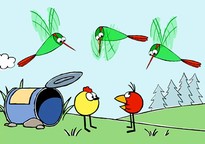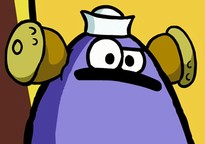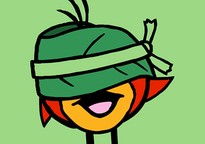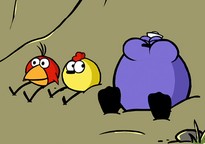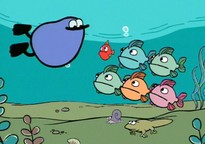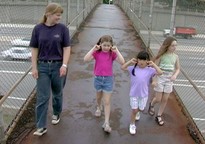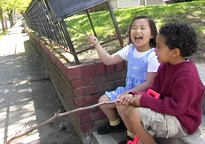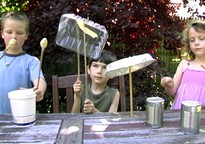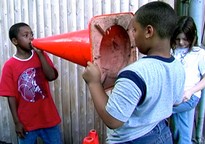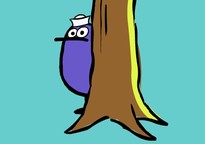Below is a list of all the materials you’ll need for the activities and learning centers in Explore Sound. For the specific materials you’ll need for each activity and learning center, see the individual entries in the curriculum.
audio recorder (an mp3 player or smart phone with recording functions can be used)
camera
chart paper
clipboard and pencil
string
metal spoons (one for each child)
2 alarm clocks or timers
construction paper
crayons, paint, or markers
tape
wax paper
8 tall clear glasses of the same size
different kinds of recorded music: quiet; dramatic and emotional, high-energy dance music, marching music, circus music, etc.
different pictures of instruments as well as different types of music being played by musical groups (e.g., an orchestra, a pop singer, a jazz band, a rock ‘n’ roll group, a salsa band, country singers, and other musical groups from around the world). Other pictures: a stethoscope, earphones, diagrams of American Sign Language (ASL), showing a few simple examples, photos of people using their hands to sign in ASL.
different tubes, including cardboard tubes from toilet paper, paper towels, and wrapping paper; mailing tubes
flexible tubing, such as hoses from vacuum cleaners, shop vacs, or sump pumps. different types of containers, bottles, tubes, and pie pans made of plastic, cardboard, and aluminum that make interesting sounds when tapped and scraped
craft sticks, rulers, chopsticks, and unsharpened pencils with erasers for drumming on different objects
paint-stirrer stick (free from hardware store), or other similar stick—one for each child
different plastic containers with lids (one for each child)
6–8 of the same type of container with tightly fitting lids (for example: plastic vitamin bottles or yogurt containers)
small objects to put inside containers (for example: dried beans, beads, paper clips, binder clips, pompoms, buttons, pencil-tip erasers, rubber bands, packing peanuts, cotton balls, tissue paper, etc.)
plastic water or soda bottles (20-ounce bottles work well), with screw-on caps, labels removed (one for each child)
rubber bands of the same length but different thicknesses
bread pans, pie pans, uncovered shoeboxes or other open containers
plastic containers and cups, plastic tubes, sponges, and/or other water-table toys

 Español
Español




